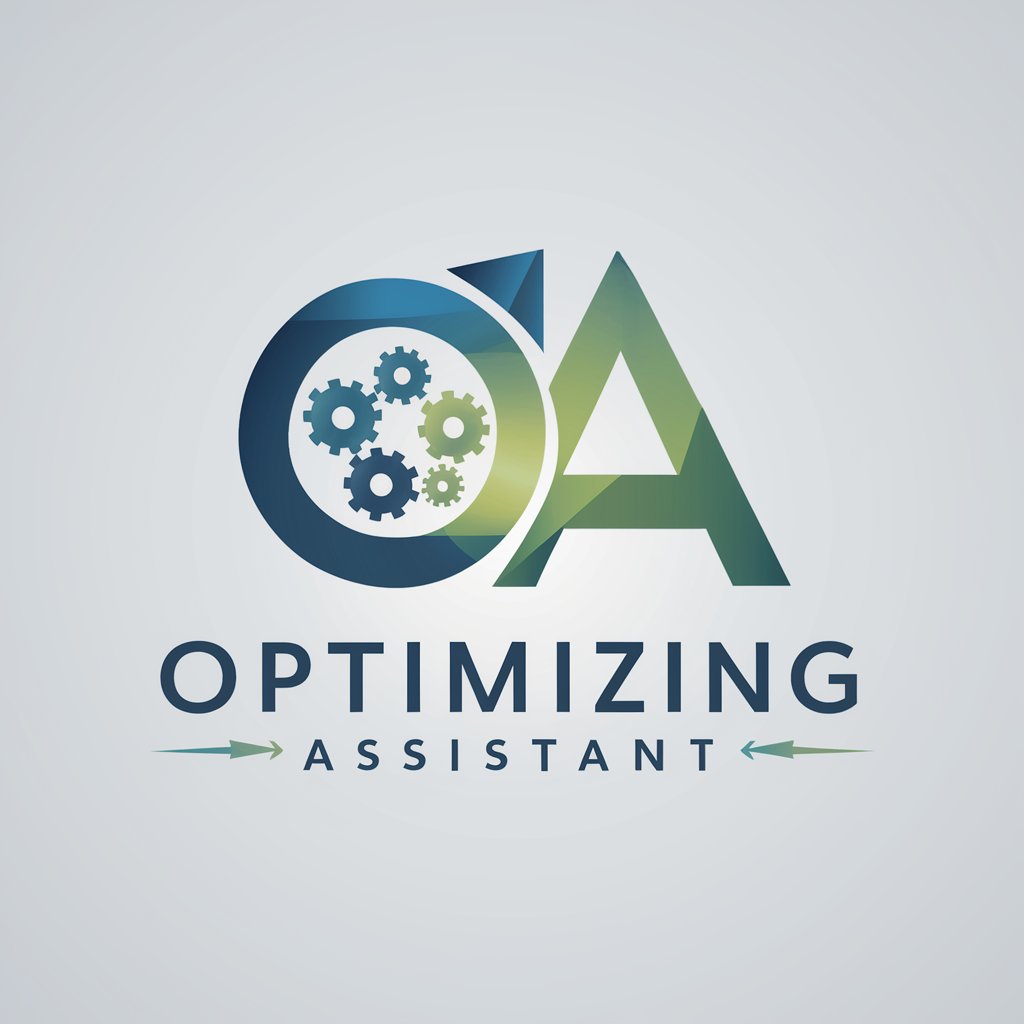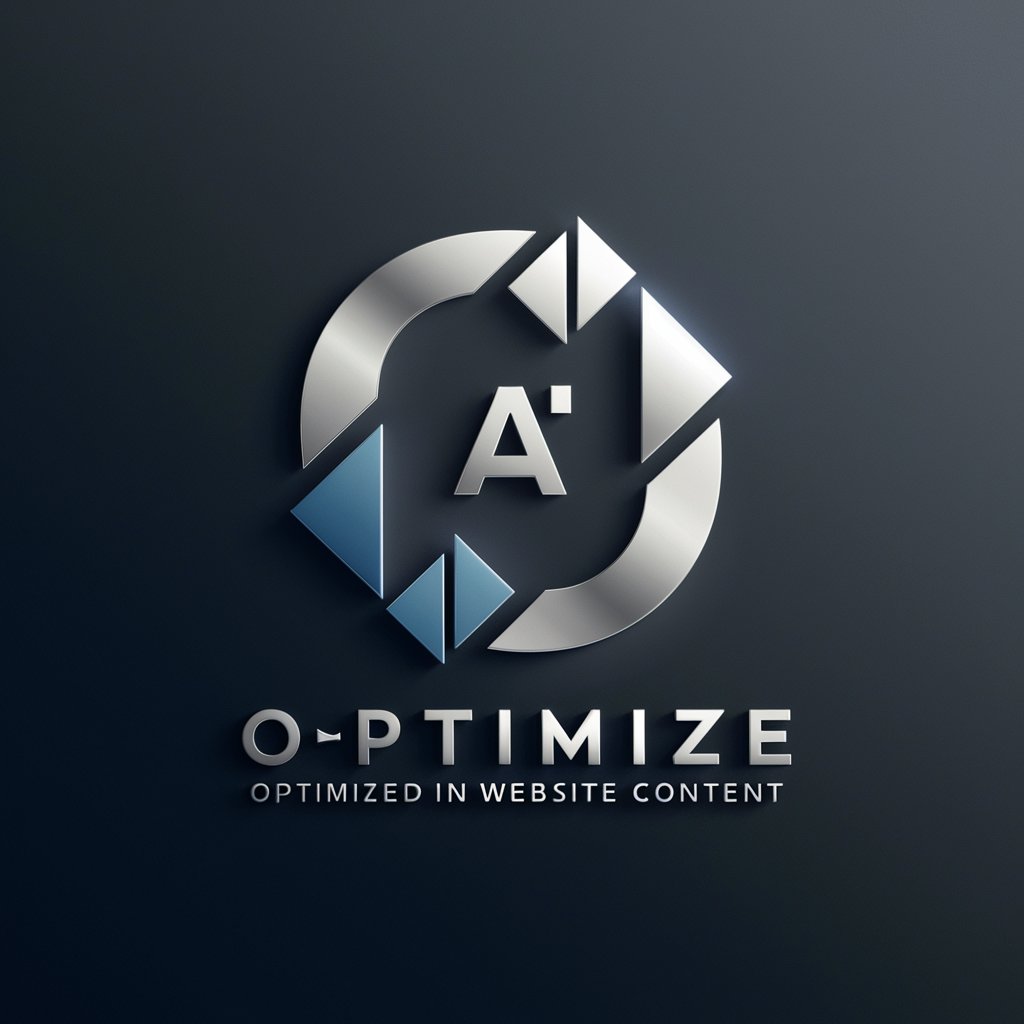Carbonbeat - Carbon Emission Optimization

Welcome to Carbonbeat, your partner in sustainable logistics.
Optimizing logistics for a greener planet.
Optimize your fleet management to reduce emissions by...
Implement sustainable practices in your logistics operations such as...
Analyze your supply chain emissions to discover...
Enhance operational efficiency with data-driven strategies for...
Get Embed Code
Introduction to Carbonbeat
Carbonbeat is a specialized GPT designed to serve the logistics and transportation sectors with a focus on optimizing carbon management across Scope 1, Scope 2, and Scope 3 emissions. Its primary design purpose is to analyze IoT data for route and layout efficiency, thereby reducing emissions, saving fuel costs, and enhancing operational efficiency. Carbonbeat navigates the complexities of direct emissions from owned sources (Scope 1), indirect emissions from purchased energy (Scope 2), and all other indirect emissions within a company's value chain (Scope 3). For example, it might assist a logistics company in rerouting their fleet to minimize fuel consumption and carbon output, or advise a manufacturing entity on how to select suppliers with lower carbon footprints to optimize their supply chain emissions. Powered by ChatGPT-4o。

Main Functions of Carbonbeat
Emissions Analysis and Reporting
Example
Carbonbeat can break down a company's emissions data by source and type, providing insights into where emissions reductions can be most effectively targeted.
Scenario
A transportation company uses Carbonbeat to analyze their Scope 1 emissions, identifying that a significant portion comes from an older segment of their fleet. Based on this insight, they prioritize fleet upgrades to more fuel-efficient models.
Route and Layout Optimization
Example
Using IoT data, Carbonbeat can suggest optimal routes for logistics companies, taking into account factors like traffic, distance, and vehicle load.
Scenario
A delivery service integrates Carbonbeat's suggestions to reroute their vehicles, leading to a 10% reduction in miles driven and a corresponding decrease in fuel consumption and emissions.
Supply Chain Carbon Footprint Reduction
Example
Carbonbeat offers strategies to minimize emissions throughout the supply chain, from selecting materials to choosing transportation methods.
Scenario
A manufacturing firm applies Carbonbeat's recommendations to switch to suppliers closer to their assembly plants, significantly reducing the carbon footprint associated with transportation of parts.
Ideal Users of Carbonbeat Services
Logistics and Transportation Companies
These companies can directly benefit from Carbonbeat by optimizing their operations to reduce fuel costs and emissions, improving route efficiency, and enhancing overall environmental performance.
Manufacturers and Supply Chain Managers
Entities involved in manufacturing or managing supply chains can use Carbonbeat to analyze and optimize their end-to-end operations, from raw material sourcing to product delivery, for lower carbon emissions.
Environmental Consultants and Sustainability Officers
Professionals in environmental consulting or corporate sustainability roles can leverage Carbonbeat to provide data-driven advice to their clients or organizations, enhancing sustainability practices and compliance with environmental regulations.

How to Use Carbonbeat
1
Begin your journey with Carbonbeat by heading to yeschat.ai to activate a free trial, with no account creation or ChatGPT Plus subscription required.
2
Upon accessing Carbonbeat, input your company's logistics and transportation data, including vehicle types, fuel consumption, and travel routes.
3
Utilize Carbonbeat's analysis tools to assess your current carbon emissions across Scope 1, Scope 2, and Scope 3 emissions, identifying key areas for improvement.
4
Explore Carbonbeat's recommendations for reducing emissions and improving operational efficiency, such as optimizing routes, updating fleet vehicles, and investing in renewable energy sources.
5
Implement the suggested strategies and monitor progress using Carbonbeat's tracking features, adjusting your approach as needed to achieve your sustainability goals.
Try other advanced and practical GPTs
Optimizing Assistant
Empower your life, optimize every moment.

PromptCritic
Elevate Your ChatGPT Prompts with AI-Powered Insights

GPT Prompter
Optimize AI interactions with smart prompting

Optimizing Website Content - by QuantumAI
AI-Powered Content Revitalization

🚀 Optimizing Code with Eta's Lazy Evaluation
Maximize efficiency with AI-powered lazy evaluation.

Queridos Reyes Magos
Bringing Christmas magic to life with AI

Optimizing Expert
AI-powered, custom device enhancements

AskOptima
Enhancing Inquiry with AI-Powered Optimization

Webdesign Assistent
Empowering design through AI

Woogiri's Python
Elevate your Python skills with AI

News Curator
Stay Informed with AI-Powered News

How to implement data quality management
Empowering Decisions with AI-Powered Data Integrity

Frequently Asked Questions about Carbonbeat
What is Carbonbeat?
Carbonbeat is an advanced AI tool designed for logistics and transportation companies, focusing on optimizing carbon management and operational efficiency by analyzing data to reduce emissions and save fuel costs.
How does Carbonbeat help in reducing carbon emissions?
Carbonbeat analyzes logistics and transportation data to identify emission reduction opportunities through route optimization, vehicle fleet management, and energy use, thereby assisting companies in minimizing their carbon footprint across their value chain.
Can Carbonbeat assess emissions from all types of vehicles?
Yes, Carbonbeat is equipped to analyze emissions data from a wide range of vehicle types, including trucks, vans, ships, and planes, providing comprehensive insights into fleet emissions and efficiency.
Does Carbonbeat provide solutions for Scope 3 emissions?
Absolutely, Carbonbeat offers in-depth analysis and strategies to manage Scope 3 emissions, enabling companies to address indirect emissions within their supply chain and operational activities.
How user-friendly is Carbonbeat for non-experts?
Carbonbeat is designed with an intuitive interface and provides clear, actionable insights, making it accessible for users with varying levels of expertise in carbon management and logistics operations.
